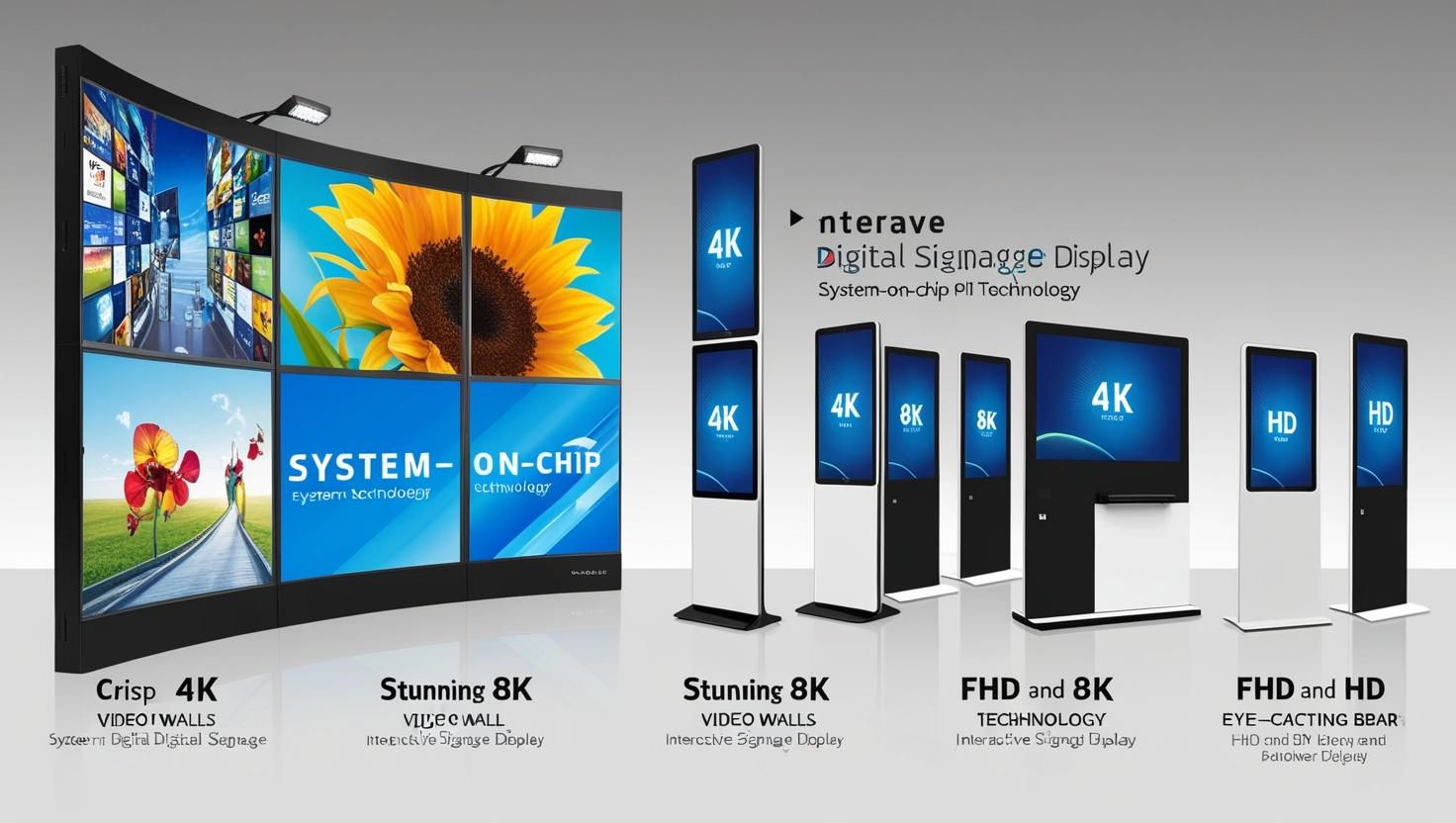The digital signage industry is undergoing a significant transformation, thanks to the integration of artificial intelligence (AI). Once limited to static promotional displays and scheduled content loops, digital signage is now evolving into an intelligent, responsive communication channel. At the forefront of this shift is real-time personalization, enabled by AI-driven technologies that analyze audience behavior, demographics, and context to deliver more relevant, engaging messages.
AI-Driven Personalization: A New Era of Customer Engagement
Today’s consumers expect tailored experiences—and digital signage is catching up. By combining AI with advanced sensors, computer vision, and data analytics, digital displays can now adapt content in real-time based on who is watching and where they are.
For example, a digital billboard in a shopping mall can detect the approximate age and gender of a passerby and instantly switch to a targeted promotion. In QSRs (Quick Service Restaurants), AI can adjust menu displays based on time of day, weather, or even inventory levels. In retail, personalized product suggestions and promotions appear dynamically, boosting the chance of conversion.
How It Works
AI-powered digital signage solutions typically integrate several technologies:
-
Computer Vision: Cameras detect physical attributes such as age group, gender, and even emotional expressions.
-
Machine Learning: Algorithms learn from audience interactions and optimize content delivery over time.
-
IoT Sensors: Environmental data (e.g., foot traffic, temperature, time of day) is used to refine messaging context.
-
Data Integration: CRM and POS systems provide deeper customer insights, enabling hyper-personalized content.
These components work together to ensure that each viewer receives content that is not only relevant but timely—offering a smarter, more intuitive digital signage experience.
Download PDF Brochure @ https://www.marketsandmarkets.com/pdfdownloadNew.asp?id=513

Industries Leading the Charge
-
Retail: Personalization is being used to increase basket size and dwell time by recommending relevant products in real time.
-
Transportation: Smart signage delivers tailored travel updates and advertisements based on crowd density and movement.
-
Healthcare: Clinics and hospitals are deploying AI-powered signage to offer customized wayfinding and health information.
-
Hospitality: Hotels are using personalized digital signage for check-in experiences, upselling, and localized recommendations.
Benefits for Businesses
-
Higher Engagement Rates: Personalized messages significantly outperform generic ones.
-
Increased ROI: AI-driven targeting reduces wasted ad spend and improves conversion rates.
-
Operational Efficiency: Automated content delivery reduces manual scheduling and content management.
-
Actionable Insights: Real-time data helps businesses understand consumer behavior and refine marketing strategies.
Challenges and Considerations
Despite the advantages, the rise of AI in digital signage raises important questions around privacy, data security, and regulatory compliance. Businesses must ensure they are transparent about data collection practices and comply with privacy laws such as GDPR and CCPA. Moreover, ethical AI use and bias mitigation remain ongoing challenges in computer vision applications.
The Future Outlook
As AI continues to mature, the capabilities of digital signage will only expand. Integration with voice recognition, natural language processing, and augmented reality is already underway. The result will be a seamless blend of digital content and real-world interaction—turning traditional signage into a dynamic, AI-enhanced touchpoint across industries.
In this new era, “one-size-fits-all” content is being replaced by “right-person, right-time” communication. For businesses looking to stay competitive, embracing AI in digital signage is not just an innovation—it’s becoming a necessity.
FAQs: Digital Signage Industry Meets AI for Personalized Messaging
Q1: What is AI-powered digital signage?
AI-powered digital signage uses artificial intelligence technologies like computer vision, machine learning, and data analytics to deliver customized content on digital displays in real time, based on viewer characteristics and environmental factors.
Q2: How does AI personalize messages on digital signage?
AI analyzes data from cameras, sensors, and integrated business systems to detect audience demographics (such as age and gender), behavior, location, and other contextual information. It then dynamically adjusts the displayed content to match the viewer’s preferences or current conditions.
Q3: What industries benefit the most from AI-enabled digital signage?
Retail, quick service restaurants (QSR), transportation, healthcare, and hospitality are leading adopters. These sectors use personalized digital signage to boost engagement, improve customer experience, and increase sales.
Q4: What technologies are involved in AI-based digital signage?
Key technologies include computer vision for detecting viewer attributes, machine learning for content optimization, IoT sensors for environmental context, and data integration with CRM or POS systems for deeper insights.
